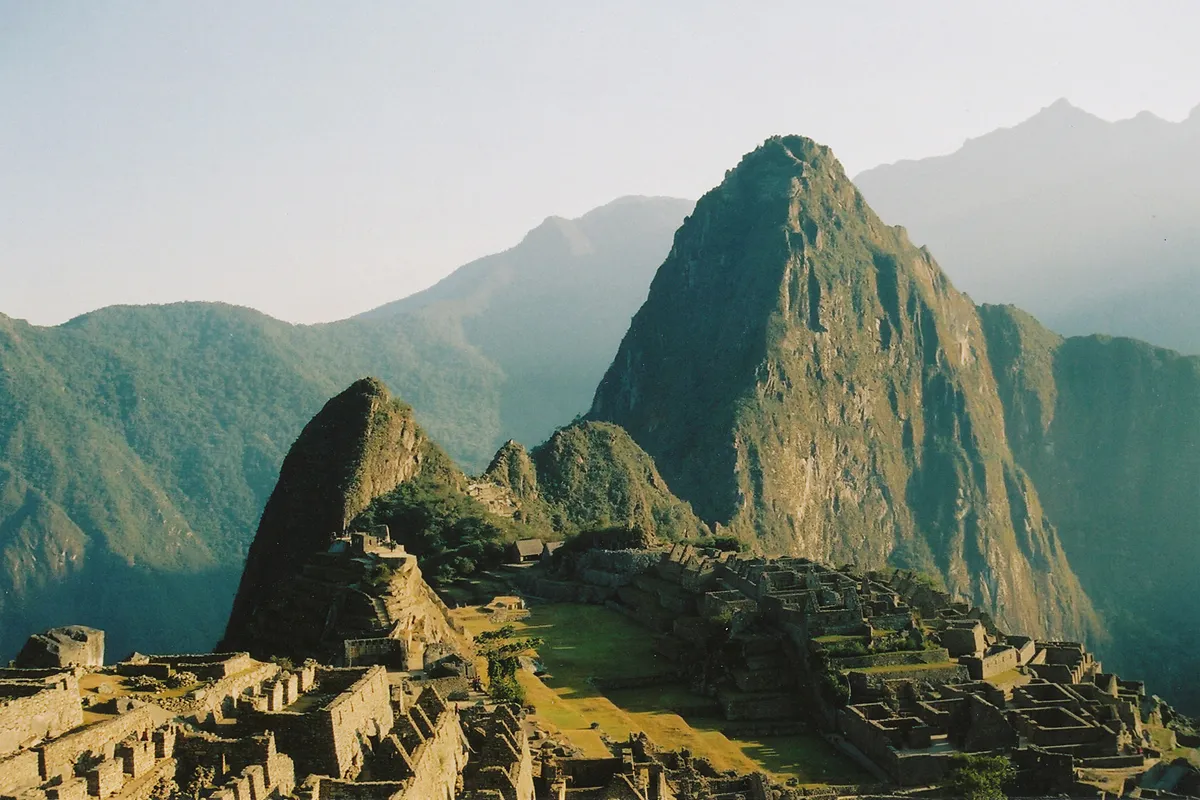
Machu Picchu is probably one of the most iconic places in the world. It's certainly one of the most impressive archeological sites in South America and the main tourist attraction in Peru. The location itself is spectacular. The peak Wayna Picchu forms the background and the river of Urubamba is running 1300 meters below the ancient city. The buildings and terraced hills are just as amazing. An abandoned or forgotten city rediscovered in 1911.

It is now fifteen years since I was in Peru with another female traveller I met the year before through mutual friends. After sharing a cabin on an island in Malaysia for 4 days, we agreed that we would make an old dream come true: Peru and Machu Picchu. At that time we travelled with analog cameras, so the photos are scanned. The travel to Peru made us realize that we have many common interests. The foundation of a lasting friendship was laid. We became each others best travel companions.
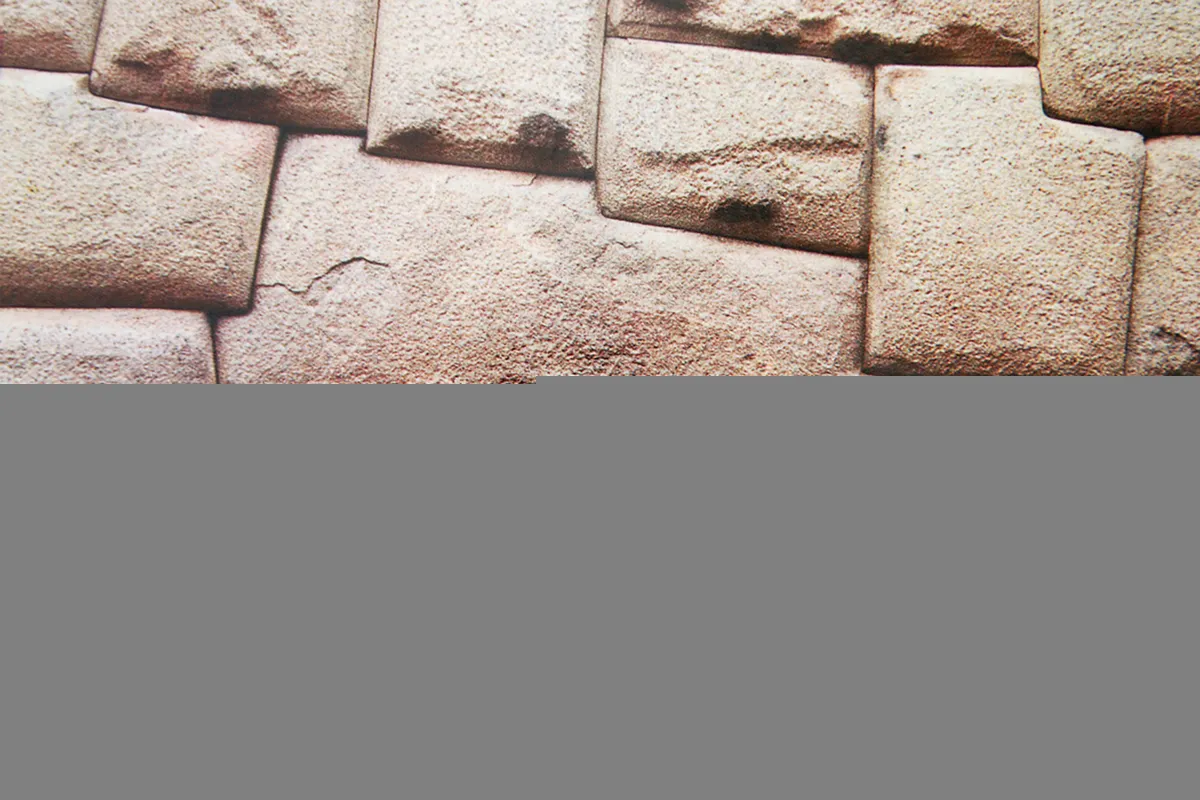
The Inca Trail is walked by thousands of people each year. A destination not to be missed on a trip to Peru. It's not just one trail. This trail is part of a much larger network that connected the different parts of the Inca empire. From Ecuador in the north down to Santiago in Chile and Mendoza in Argentina.
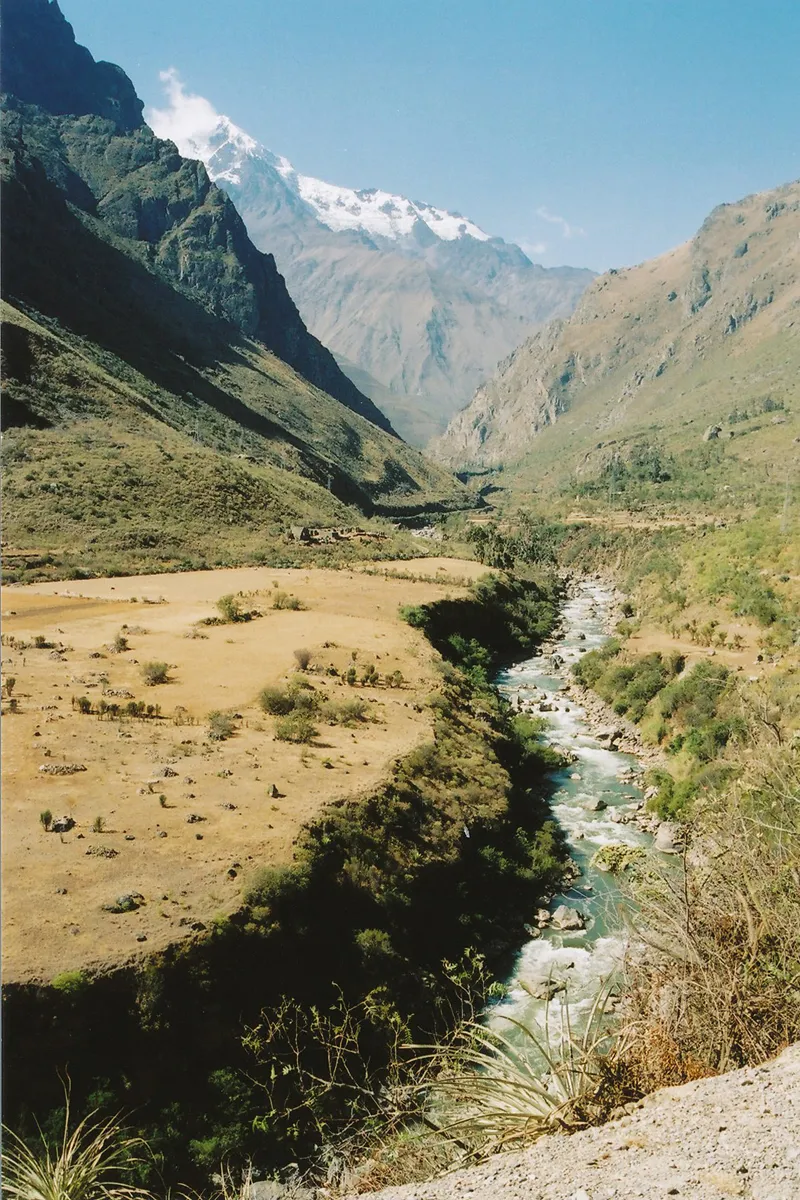

Patallacta
Our four day trek startet with a bus ride from Cuzco to «Km. 82», the starting point where we met the guides and porters. The first day was an easy hike on the way to the first camp at Wallabamba at 3100 m. above sea level. It didn't take long before we passed the first Inca site – Patallacta that was a regulatory point of the Sacred Valley. Our little international group of 9 people spent the evening getting to know each other. No light pollution gave us the opportunity to look at an amazing sky filled with stars before we went to sleep in our tents.
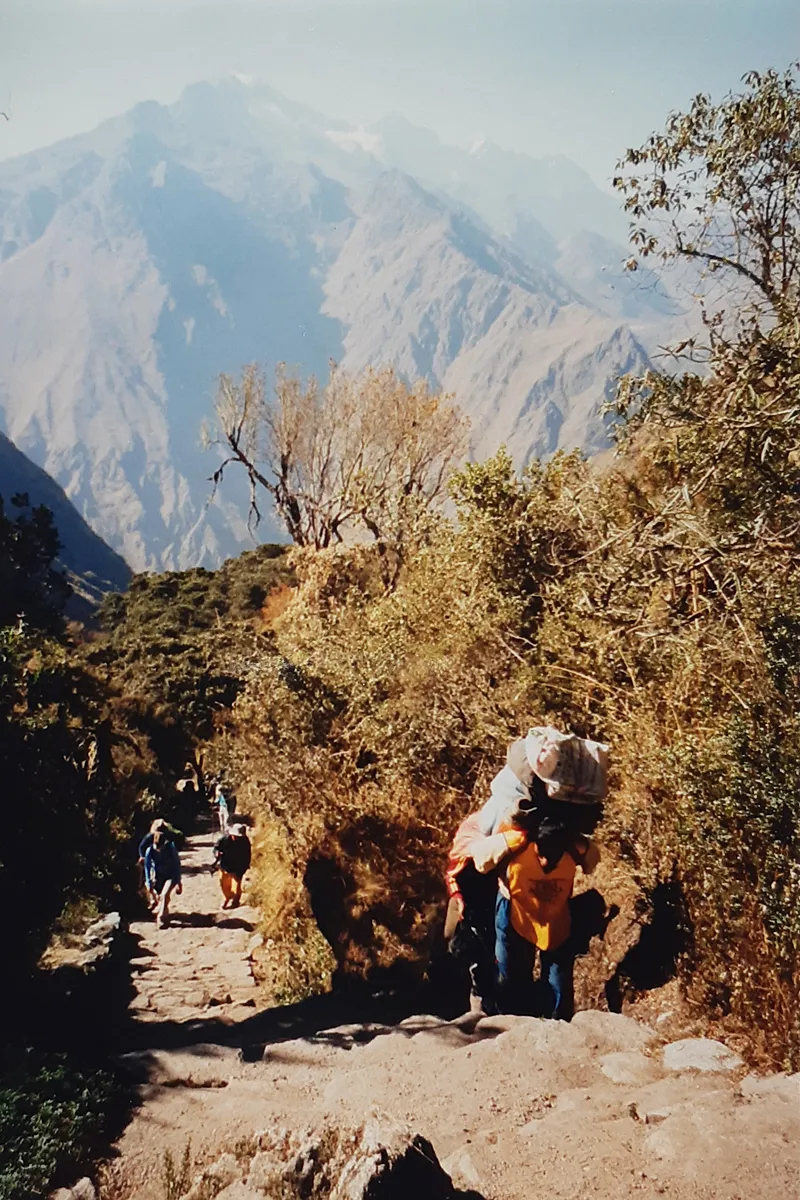
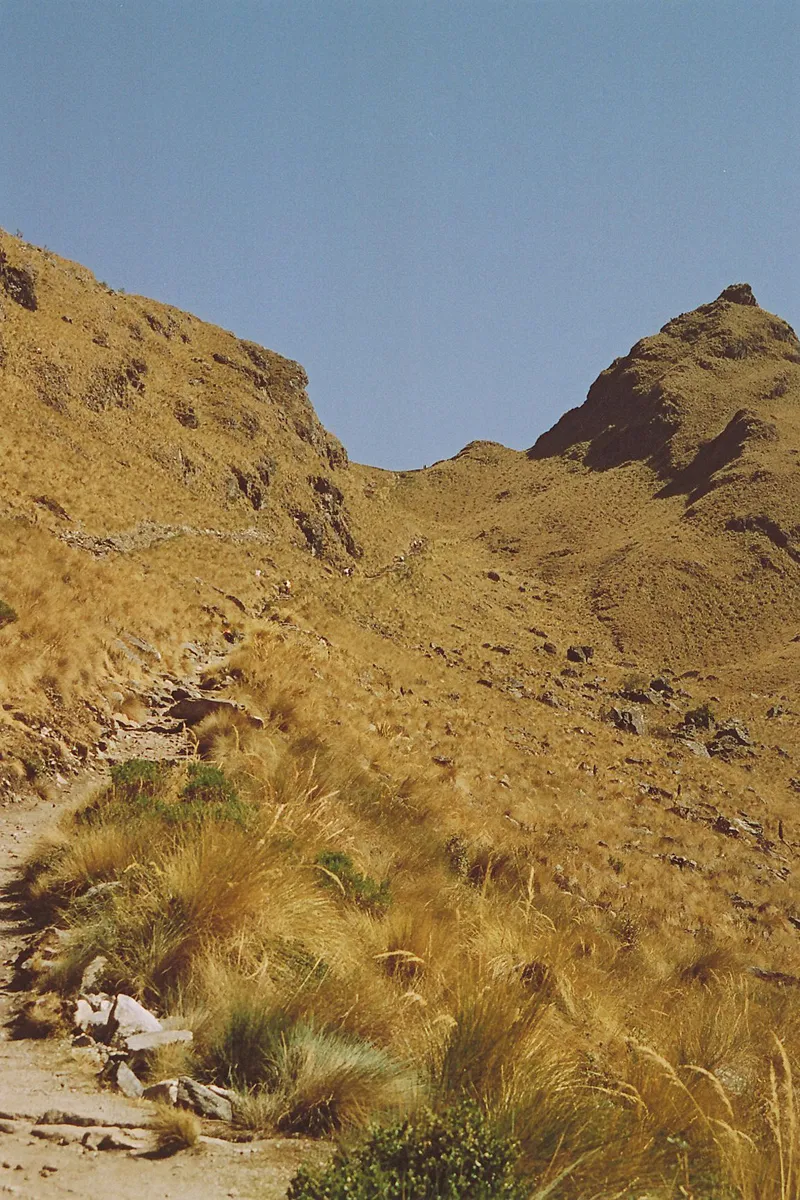
«Dead Woman's» pass
In the morning one of the guides woke us up by bringing us a cup of hot tea. It took time to get our bodies moving. The hips felt sore, as if we had been lying directly on the rocks! Our second day to Pacaymayo was the longest and most difficult part of the trek. The steep ascent stretches almost 9 kilometers tovards the Warmihuañusca pass or popular called «Dead Woman's Pass at 4215 m. above sea level. My travel companion and I started walking together. After an hour it became clear that we did not have the same pace nor the same challenges when it comes to walking. We therefore agreed that we should go at our own pace and rather meet at the tent in the afternoon.
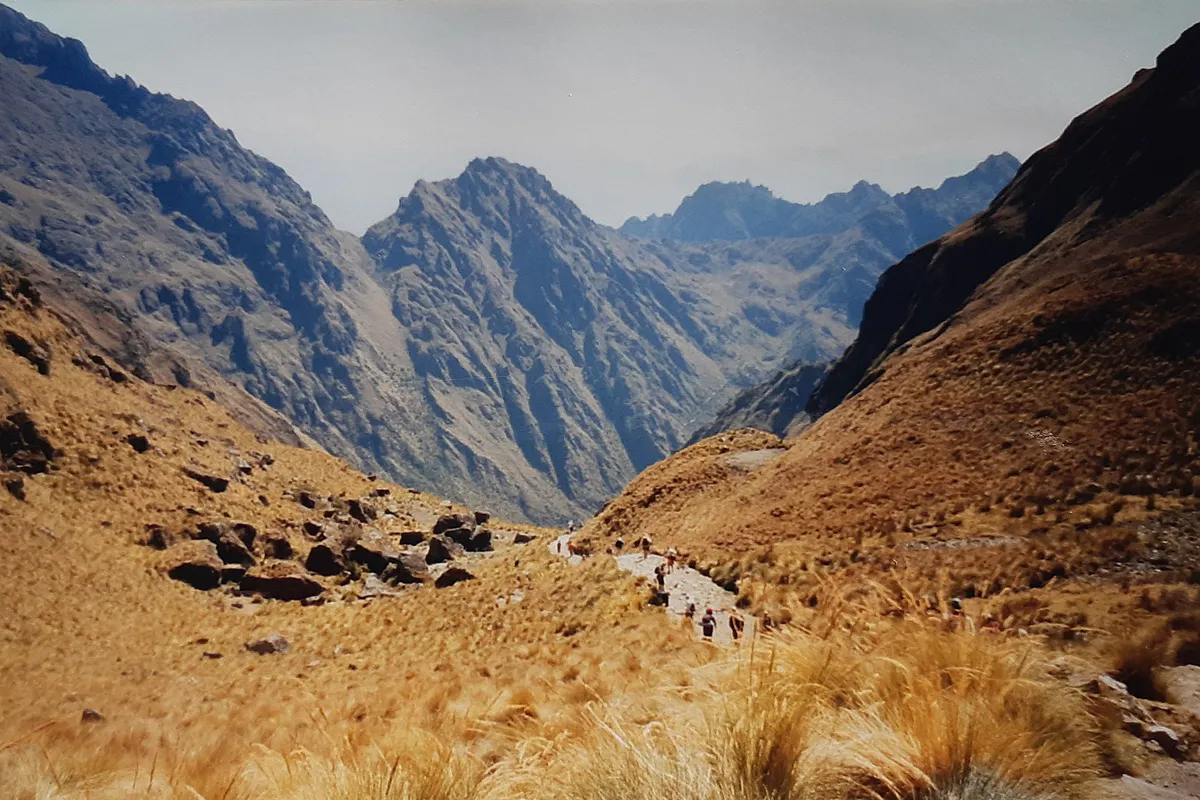
View from the top of the pass
It took five hours to reach the top. A long rest was needed and well deserved. The view was awesome. We were in no hurry to get started again.

Runkuracay


Time for lunch
Up at 05.30. It was still dark when we started to pack our bags. The day offered several marvelous ruins, tunnels and stairs laid by the Inca's. Runkuracay is the place that marks where the original Inca trail begins. Sayaqmarka is a beautiful architectural complex, but Phuyupatamaka is one of the best preserved archaeological complexes we had seen so far on the trek.

Phuyupatamaka
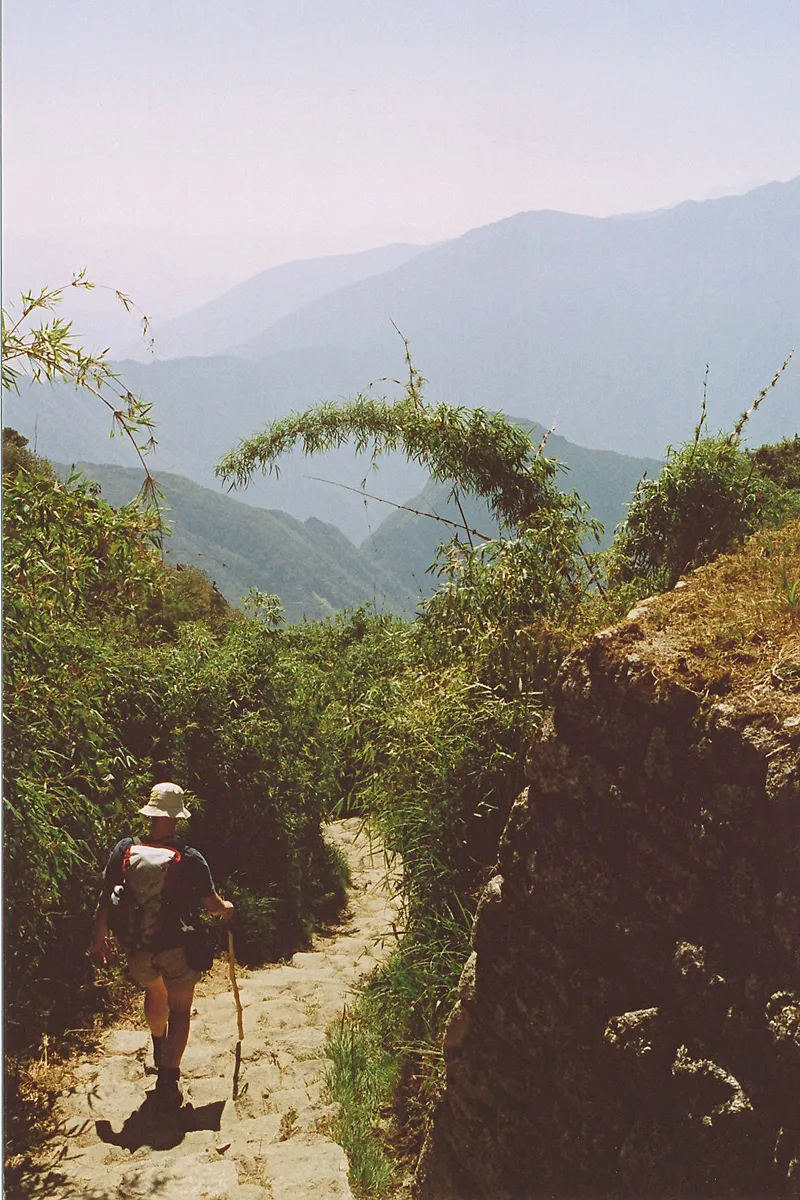

Lush vegetation most of the way to our last camp at Winay Huayna. This place has a lodge where we had our dinner, but we slept in our tents.

The Sun Gate

The last day starts while it is still dark. I was all alone when I got the first glimpse of Machu Picchu after entering through the "Sun Gate", seeing Machu Picchu for the first time. A magical moment that certainly surpassed all my expectations. As I walked down towards the center of the complex, the sun rose and spread warmth.


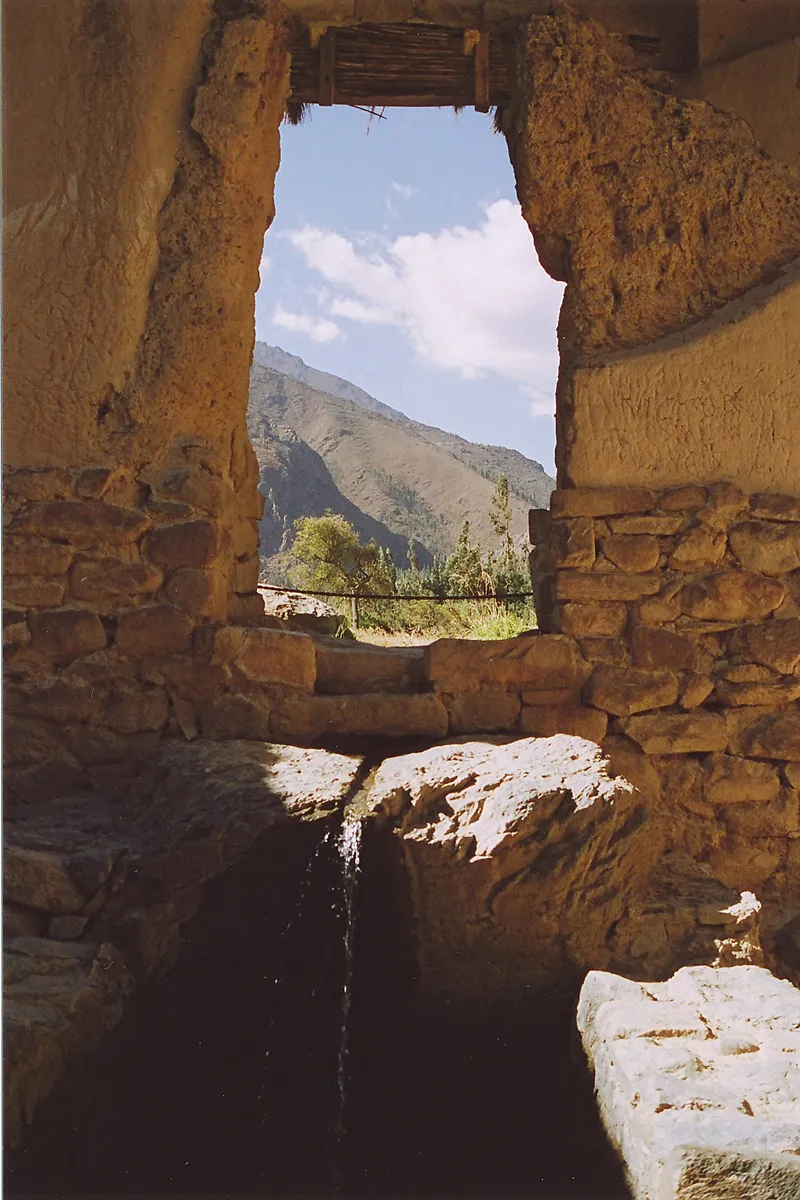

The city of Machu Picchu was probably built some time in the 15th century and was already abandoned before the arrival of the Spanish. That might be the reason they never found it. It was not until 1911 when the American historian Hiram Bingham came across the city in his search for the city of Vilcabamba, which was the last place of the Incas after the Spanish conquest. Coincidences led him to find Machu Picchu instead. An amazing city with one miracle after another - a royal mausoleum, sun temple, large square and dozens of houses and several temples. There have been various theories about the city's function and many questions. Nothing is known for sure.
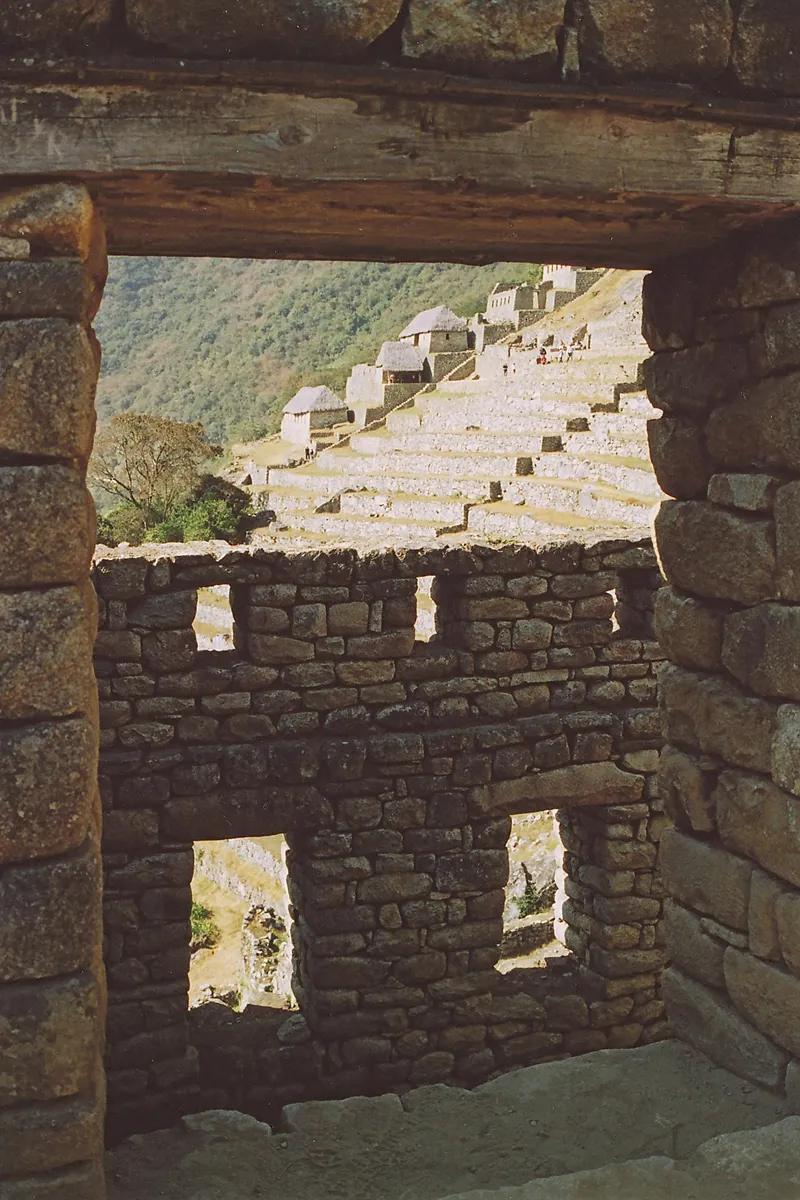


Wayna Picchu

The view from the top (almost the top)
Wayna Picchu is a well known mountain. What I didn't know, was that there is a small temple on the top. It's possible to climb to the top. I tried to do just that. But it was tough. It's steep and I often had to hold on to bushes along the edge. Almost at the top, there is a small piece completely without anything to hold on to. My legs were shaking and I did not trust that I would get all the way to the top without falling down! The photo above was taken from here and shows the city from a different angle than what we are used to see.

A 20 year old dream had come true. We still play with the idea of going back to where we started…
Please do follow if you want to keep up with my next travel story. Any upvotes or resteems are hugely appreciated!
Latest travel stories, check out :
China – Does Shangri-La only exist in our imagination?
U.J
Kristiansand, Norway
All the photoes are mine, Ulla Jensen (flickr, Instagram and facebook)
[//]:# (!pinmapple -13.527813 lat -71.967304 long Peru – Take a step back into the past, to the Inca empire d3scr)
Read about us? // Main page!
Latest content: Travel, Art, Food, Article, Poetry



























